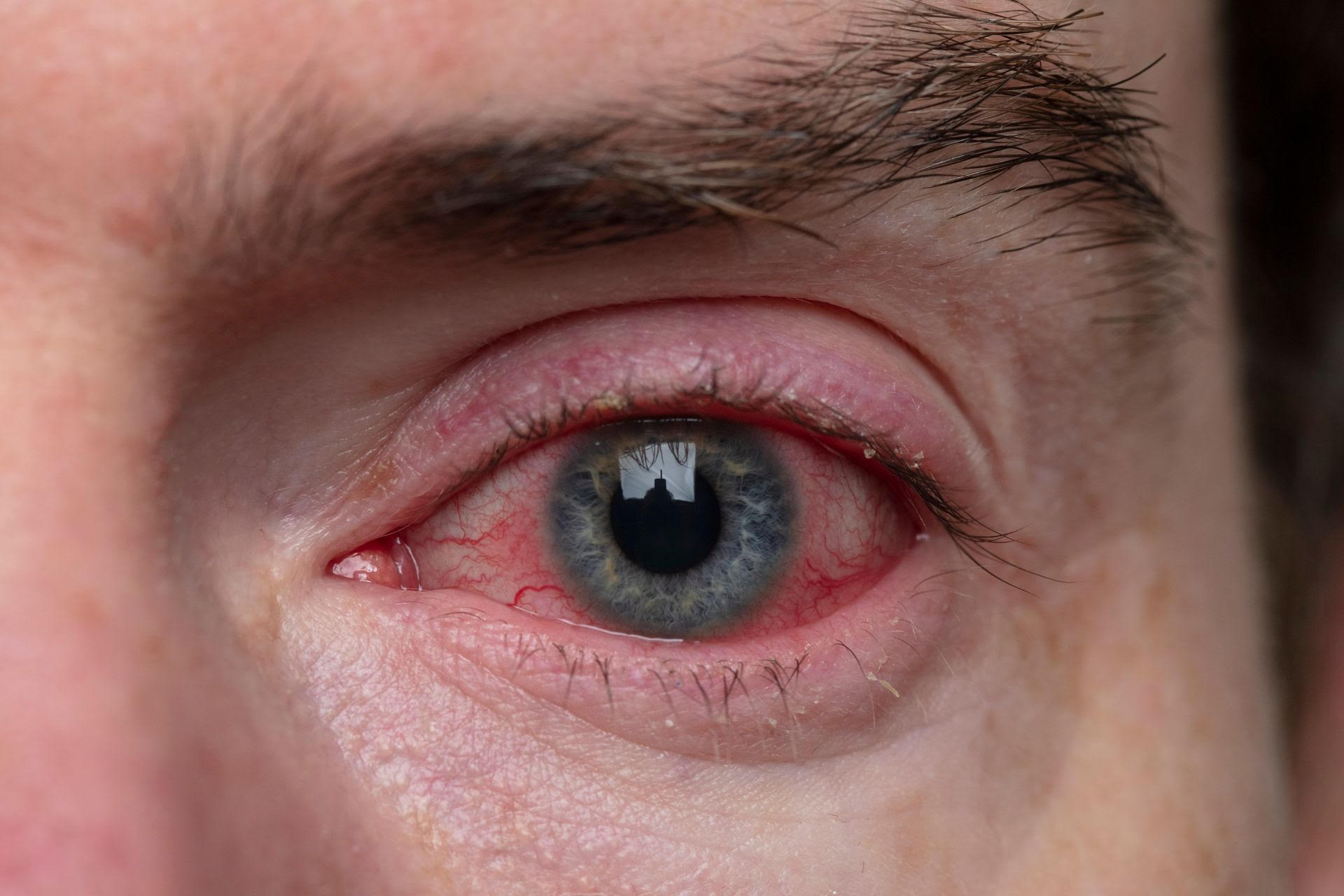What Are the Signs of a Huffing Addiction?

On the topic of drug use, “huffing” may not be the first thing that comes to mind. Regarding the dangers and the risk of addiction, huffing is nothing to take lightly.
You may suspect that someone you know has a huffing addiction but aren’t positive. We’re here to help you understand this addiction, determine if someone is struggling with it, and what you can do to help.
What is huffing?
Huffing is a term that refers to the act of inhaling certain chemicals or gases to get high. The problem is that most of the substances that are used for huffing are cheap, easy to get, and legal.
Cleaning solvents, glues, aerosols, and even gasoline are popular. Anything containing nitrous oxide, such as whipped cream aerosol containers, are also used. Not only are these items available on pretty much every corner in American, but they’re also easy to find throughout the average household as well.
A person who regularly uses inhalants can develop a psychological and/or physical addiction to the substances they are using. The level of addiction can become quite severe as well. When some attempt to quit, they can experience symptoms of withdrawal.
The damage it causes
Aside from the risk of developing an addiction, long-term use of inhalants can have severe impacts on a person’s condition. Regular users can cause significant damage to their nervous system and internal organs.
The reports of the damage inhalants can cause is not as wide-spread as they are with other drugs, such as cocaine. However, studies show that inhalant abusers score lower in planning, working memory, and problem-solving than cocaine abusers.
- Peripheral and central nervous system dysfunction
- Liver and/or kidney failure
- Dementia
- Loss of cognitive function
- Loss of coordination
What are the signs of huffing?
As many of the chemicals used for huffing are familiar to any household, it can be tough to tell if someone is huffing.
In this case, drug paraphernalia can be something that doesn’t seem out of place. Unless the person of concern uses “whip-its” or “poppers,” the items aren’t going to jump out at you. A cleaning solution in the bathroom, glue or gas in the workshop or a can of hairspray in a bedroom isn’t going to raise red flags.
Because huffing chemicals have such a significant impact on a person, you can quickly tell if they are high or recently became high. Physical signs and behavioral signs can be a dead giveaway that someone is using inhalants.
Someone who has an addiction to inhalants will continue to use them despite the known harmful effects.
Physical Signs
- Red eyes
- Unusual stains on clothing
- Runny nose
- Strange odors on face/breath
- Drunk-like behavior
- Loss of appetite
- Sores on mouth
Behavioral Signs/Side-Effects
- Anxiety
- Weakness
- Disorientation
- Headaches
- Blurred vision
- Nausea/vomiting
- Trouble breathing
- Comatose
Does it affect the younger population?
The unfortunate truth is that teenagers most commonly abuse huffing. Young people may not have the funds or means to get their hands-on other drugs or alcohol, but inhalants are very easy to get. What’s even scarier is that as they age, the use of inhalants can quickly be replaced with more illicit drugs.
Even if teenagers are the most common users, that doesn’t rule out the possibility of young adults and beyond won’t use them.
Nitric oxide is a very popular inhalant for use in night clubs and other reasons. Many individuals even use this substance as a workout supplement to get a rush before an intense workout. That said, it’s another inhalant that is legal and very easy to get ahold of.
What can I do to help?
If you suspect or know that someone has an addiction to inhalants, helping them can be a challenging task. It can be difficult because treating the addiction may require a detox.
Unfortunately, the length of the detoxification period can vary greatly depending on a few factors. The inhalant they use is, how often they use it, and how long they use it for can all factor into the length of time it takes to get clean.
In many cases, the detox period can take several weeks, and the person may need the help of an addiction treatment center.
That means your approach to the matter needs to be similar to any other time one confronts a person about their drug addiction. You need to be clear about your concerns and encouraging of getting help and improving their life.
Concluding Thoughts
Again, the threats of huffing and the severity of addiction to inhalants aren’t as widely concerning as other drugs.
Nonetheless, they are just as dangerous, and if you know someone is suffering from an addiction to them, you need to take it very seriously. Ignoring the issue or understating the severity of the effects of long-term use is a mistake we can’t afford to make.

